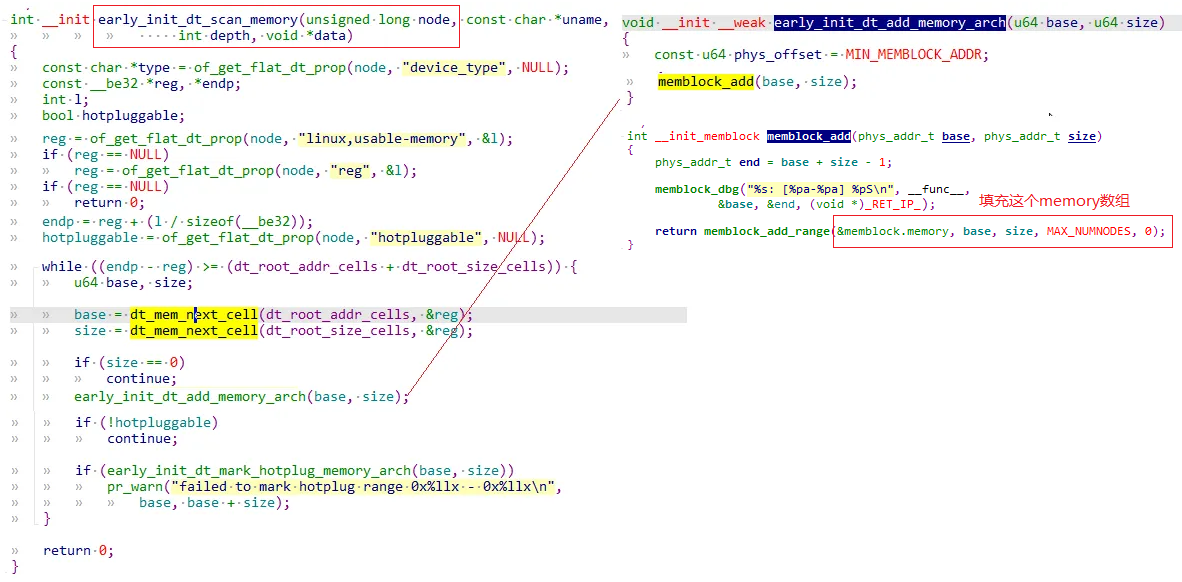Once you’ve encoded information, you now need to store it. Unfortunately, forgetting is a major part of how our brains work.Most of us can’t remember what we had for dinner Tuesday, three weeks ago.However, we can all remember our first kiss.
一旦完成了信息的编码,现在就需要存储了。不幸的是,遗忘是我们大脑运作的一个主要部分。大多数人都记不住三个星期前的星期二晚饭吃了什么,但我们都记得自己的初吻。
Forgetting can be caused by two different processes.The first is a failure of storage-the information might be forgotten because our brain loses it over time.The second is a failure of retrieval - the information might be “in” there, but we can’t access it.Experimentally, it’s very difficult to tell these two apart, but since they are separate processes, we’ll consider each separately as we look at how memory works.
遗忘可能由两个不同的过程造成。第一个是存储失败–随着时间的流逝,大脑弄丢了相关信息,从而导致遗忘。第二个是检索失败–信息可能就“在"那里,但是我们无法访问。在实验中,区分这两个过程非常困难,但鉴于它们是不同的过程,我们将在考察记忆的工作原理时分别考虑它们。

The progression of forgetting was originally studied by the famous experimental psychologist Hermann Ebbinghaus.Ebbinghaus discovered that forgetting follows an exponetial decay function.Whereas in the first hours after study there is a rapid drop in the number of items successfully remembered , there is relatively little forgetting from the 2nd day onwards.
最早研究遗忘的发展的,是著名实验心理学家赫尔曼·艾宾浩斯(Hermann Ebbinghaus)。艾宾浩斯发现,遗忘符合指数衰减函数。在学习之后的最初几个小时,成功记住的内容迅速减少,从第二天往后,遗忘的就相对很少了。
Although the exact shape of the forgetting curve is likely individual and depends on many factors related to the study material(e.g. how easy/difficult/interesting the material is or how well it was encoded), it approximates an exponential cuve, with rapid forgetting in the beginning and less forgetting in later periods of time.
尽管确切的遗忘曲线可能因人而异,而且取决于与学习材料有关的很多因素(例如材料有多容易困难/有趣,或者编码得好不好),但它近似是一个指数函数曲线,一开始遗忘速度很快,之后遗忘的速度减慢。

Why do we forget information in the first place? what can we do counteract the process of forgetting?
为什么我们一开始会遗忘信息?我们可以做什么来克服这个遗忘过程?

















